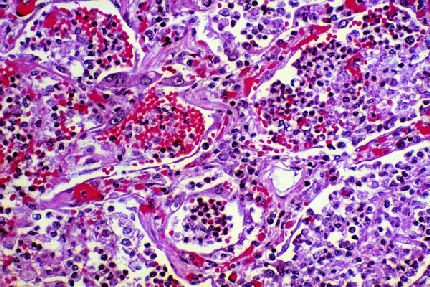
Among babies, symptoms of pneumonia in young children is a flu-like symptoms and upper respiratory tract, which gradually grow into a strong cough. Other signs and symptoms
include shortness of breath and tension of the child while taking in the breath. Other signs of pneumonia in the baby not to miss is the fever and shortness of breath. If the child has fever or wheezing during sleep, they can all point to the beginning pneumonia. Also, watch for signs of respiratory failure, burning nostrils, rapid breathing, the expulsion of mucus by coughing, and breathing retraction. These symptoms may appear mild at first, but gradually gets worse as the disease progresses. Some kids may also bind to bacterial pneumonia. In this case, the signs should I look for are: moderate to severe cough, high fever, fast and hard breathing, chills, chest pain, fatigue, irritability, nausea and diarrhea. Pneumonia is diagnosed by checking the symptoms, proper medical examination and chest x-ray strattera online. The doctor may also recommend a blood test to determine the various contract pneumonia. For bacterial pneumonia doctor may prescribe antibiotics. However, antibiotics are not effective against viral pneumonia and viral pneumonia in children requires no specific antiviral drugs. Remember that cough and cold medication is not recommended for children younger than 4 years. Instead, figure out how breathing can be generated a little more comfortable. Your doctor may recommend a test to measure levels of oxygen in the blood of babies. Based on the report of the doctor can offer support in the form of breathing oxygen or bronchodilator medication sprayed. Today, pneumonia can be prevented by vaccination. These vaccines protect against some common types of pneumonia, Haemophilus influenza like (Hib), Pneumococcal, measles and influenza. In addition, breast-feeding and preventing baby from inhaling smoke and fumes effective ways to protect children from the disease. Other preventive measures include the usual precautions to prevent the occurrence of colds and other respiratory diseases. .
